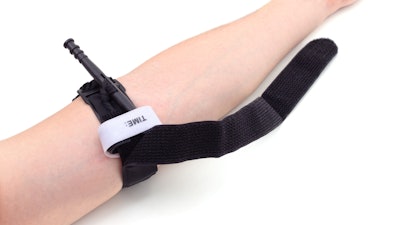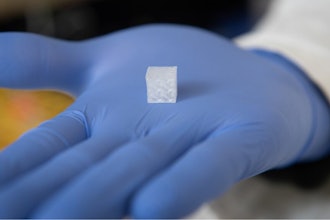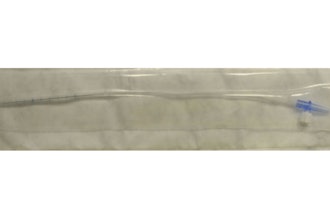
The U.S. Food and Drug Administration (FDA) is aware of health care facilities and providers experiencing localized supply constraints of non-sterile, single-use pneumatic tourniquet cuffs in the United States. These devices are mainly used in elective limb surgeries and in emergency and trauma settings. During interruption in the supply of these devices, the FDA is recommending health care facilities and health care providers implement conservation strategies such as using alternative devices and reusing existing devices after appropriate sterilization/disinfection procedures have been appropriately followed.
Recommendations
Health care facilities and providers should use non-sterile, single use pneumatic tourniquet cuffs as supplies allow. When non-sterile, single use pneumatic tourniquet cuffs are not available in sufficient supply, consider the following recommendations, including conservation strategies, to maintain the quality and safety of patient care:
- Implement conservation strategies such as limiting use of pneumatic tourniquets, based on surgical flow needs.
- Reuse non-sterile, single-use pneumatic tourniquet cuffs by following either your institution’s procedures, if available, or the steps outlined below as you deem appropriate:
- Ensure tourniquet cuffs can be reused. Discard if broken, damaged, heavily contaminated (with blood or other fluids), or if a cleaned cuff is unable to hold the pressure at 220-300mmHg range.
- Clean tourniquet cuffs even though they may not have visible contamination or debris, including particulate removal (using a lint roller), stain removal (brush and formulated enzymatic cleaner), and hose cleaning (with adhesive remover).
- Sterilize or disinfect tourniquet cuffs:
- To sterilize tourniquet cuffs, contact the manufacturer for appropriate sterilization methods.
- To disinfect the tourniquet cuff, leave the device soaked in 70%-90% ethyl or isopropyl alcohol for 1 minute, or wet spray the cuff with an exposure time of at least one minute. Allow the alcohol to evaporate and then air dry completely. There is no need to rinse with clean water. Do not use disinfectant wipes or high-level disinfectants.
- Keep sterilized or disinfected tourniquet cuffs clean until next use.
- Separate the sterilized tourniquet cuffs from disinfected (may not be sterile) ones to avoid cross contamination during surgeries. You may use a non-permeable drape placed over the tourniquet cuff to reduce a potential risk of contamination with body fluids.
- Collect used cuffs and repeat steps above as needed. You may number the tourniquet cuffs to keep track of re-sterilized and re-disinfected tourniquet cuffs. Consult with the manufacturer for maximum number of reuses.
- Use non-pneumatic tourniquet cuffs in elective limb surgical procedures.
- Although non-pneumatic tourniquets are most frequently used in the prehospital, point-of-care setting, they can also be used in the other care settings, including the operating room.
- Read device instructions and ensure operating room staff are properly trained in their use.
- Never place the non-pneumatic tourniquet cuff over joints or around the neck.
- In elective surgeries, never place the tourniquet directly on the skin.
- Dispose of the tourniquet after each use. Non-pneumatic tourniquets should not be re-used or reprocessed (that is, disinfected or sterilized).
- Ensure the maximum number of times each cuff brand can be safely reused, after cleaning and sterilization or cleaning and disinfection, as stated above.
- Encourage the use of appropriate third-party facilities to reprocess single-use devices for reuse, especially among health care providers or health care settings that may lack the capabilities to reprocess medical devices labeled for single use.
- Contact the FDA at [email protected] as well as your group purchasing organization, local product representative, distributor, or account manager if the conservation strategies are not able to maintain sufficient supply.
- Consider recommendations from the FDA as well as relevant professional organizations for other strategies that might be appropriate for your organization.






















